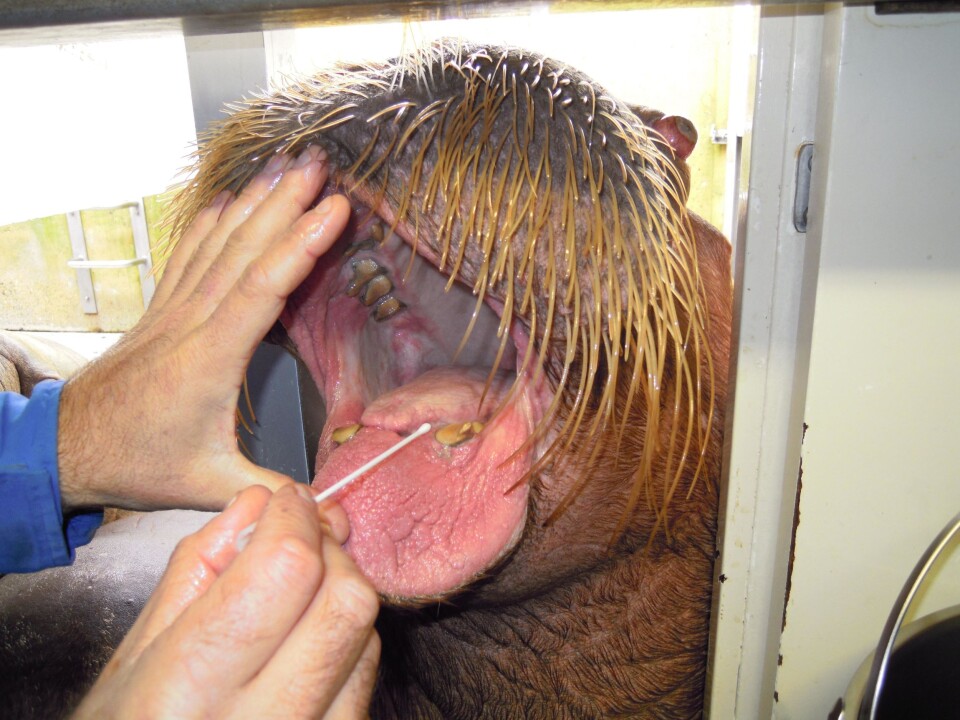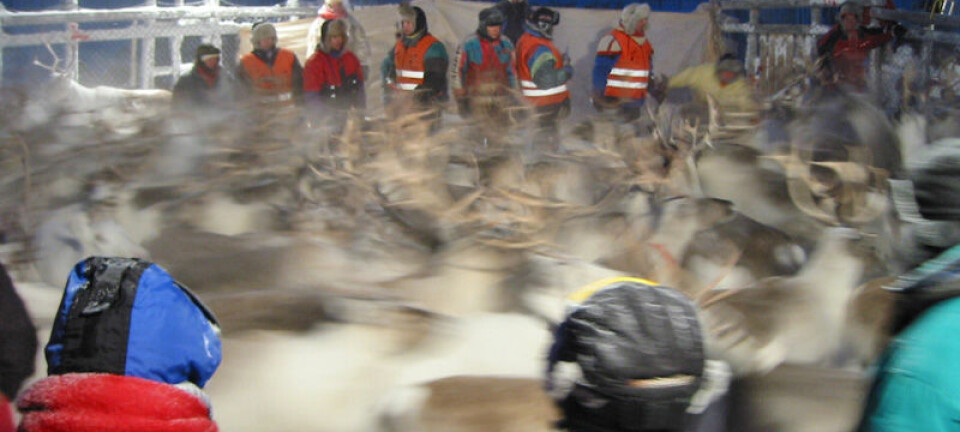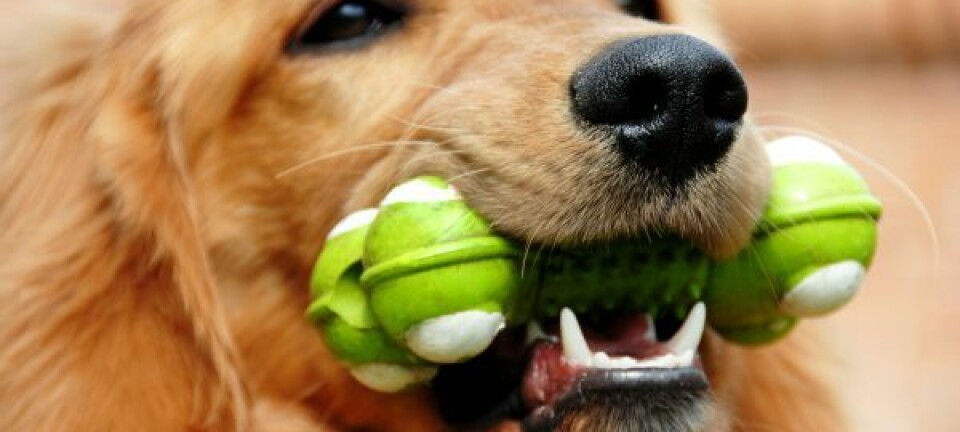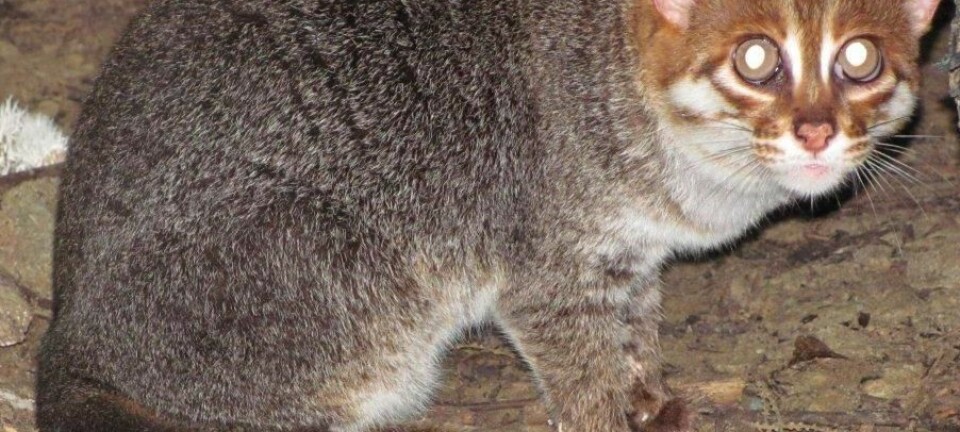
Animals and bacteria evolve together
Scientists have discovered that bacteria evolve in a similar way to the animals they inhabit. This finding will make it easier to study animal evolution.
What’s the difference between a cow, a pig and a deer? Nothing.
This is not a joke – at least not if we go several million years back in time. The cow, the pig and the deer all originate from the same branch of the tree of life.
Scientists have figured this out by sequencing the animals’ DNA and thereby determining their spot on the tree of life.
But now a Danish research project can reveal that the same results can be obtained by simply studying the bacterial flora in the animals’ oral cavity.

The new study suggests that bacteria have evolved with their host, i.e. the animals on which they live. This is known as bacterial co-evolution.
The scientists reached this conclusion partly because the animals mentioned above all carry the same type of bacteria.
Bacteria’s family tree matches that of the animals
The research not only affects how we perceive cows, pigs, deer and their internal relations. It’s relevant to all animal breeds.
DNA sequencing has long been used for studying how vertebrate evolve. But even though the method has become cheaper and faster, it’s still difficult to sequence the DNA.

This is where the bacteria enter the picture.
“Creating a family tree for many animals is a huge project. But by looking only at the bacteria, the whole thing becomes much more manageable,” says one of the researchers behind the new study, Professor Anders Miki Bojesen, of the Department of Veterinary Disease Biology at the University of Copenhagen.
Bacteria make DNA sequencing easier
Since bacteria have a lot less DNA to sequence, it’s a much quicker and easier process.
The focal point here is bacteria in the Pasteurellaceae family, which virtually all animals carry in one form or another.
Creating a family tree for many animals is a huge project. But by looking only at the bacteria, the whole thing becomes much more manageable.
“With the exception of monitor lizards, we have found representatives of this family of bacteria in all the species we have studied,” says Bojesen. “And this has formed the basis of our tree of life for the bacteria.”
The first in a series of three to five articles from the project about bacterial co-evolution has already been published in the International Journal of Systematic and Evolutionary Microbiology.
Bacteria taken from the animals’ gums
A research grant in 2008 was the beginning of this comprehensive basic research project. Since then, a wealth of bacterial samples has been extracted from the gums of various animals.
PhD student Mie Johanne Hansen, who has been affiliated with the project since 2010, has had the task of sticking cotton buds into the mouths of animals such as seals, sea lions, walruses, bears, otters and freshwater turtles to extract bacteria samples from around the animals’ tooth roots.
The DNA from the bacteria is then sequenced, just like it is done with the animals’ DNA.
”Based on these sequences, I create genealogical trees that show the internal relations between the bacteria,” says Hansen.
“I then compare these trees with equivalent trees from the hosts to see if there is a connection.”
The samples are mainly taken from animals in captivity, but she has also compared her results with samples from wild animals. She found that the oral bacterial flora of free-living animals is identical to that of animals living in captivity.
Paves way for new bacteria and disease treatment
The new discovery confirms a basic scientific theory and provides new insights into how biological and evolutionary mechanisms function.
Although this is still basic research, the project has a lot of potential.
In their sampling work, the researchers have discovered a number of new bacterial species, which could help cure animal diseases and diseases caused by bites from animals.
“Many of the newly-discovered bacteria can cause disease in their hosts or their fellow species and other species when transferred by bite,” says Hansen.
“That’s why it’s very important to know about their presence, and how to identify and treat them.”
An understanding of how bacteria evolve is also important in the efforts to understand and prevent antibiotic resistance.
Bacteria can confirm or disconfirm theories about animals
Perhaps most importantly, however, the project has confirmed a series of assumptions that evolutionary biologists have had about animal kinship and evolution.
For instance, it recently emerged that brown, black and polar bears appeared to have split into separate races far earlier than hitherto thought. That’s something the bacterial analyses have confirmed, explains Bojesen.
The scientists are hoping that in the future, the bacterial co-evolution will not only confirm correlations in animal kinship, but can even be used as a tool for determining kinship.
----------------------------------
Read this story in Danish at videnskab.dk
Translated by: Dann Vinther







